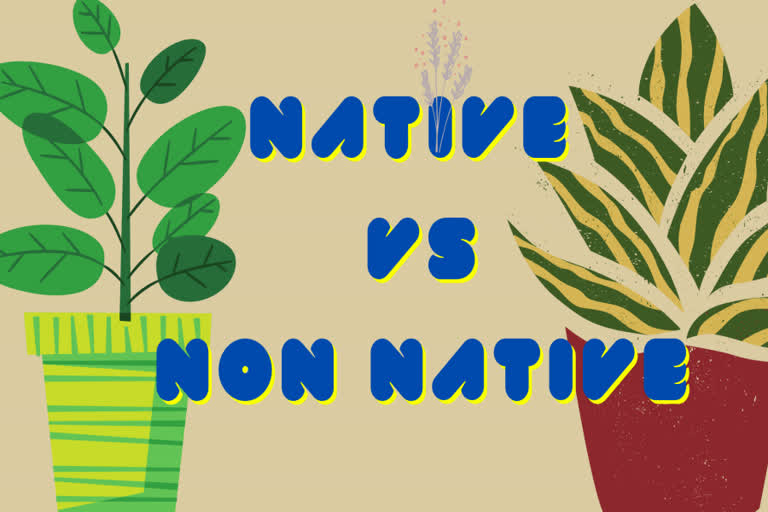New Scientist, UK: This belief is so institutionalized that many local planning rules in the UK specify that a certain percentage of landscaping schemes must include native species. Indeed, this conviction runs so deep that some see sharing evidence to the contrary as being hugely controversial, even deeply irresponsible. But accuracy is what matters, so let's explore how well this entrenched dogma stands up to analysis.
First, it is important to clarify that, in many cases, native plants are great choices for a garden. What is being examined here is whether they are automatically a superior option for both garden performance and ecological value, in the context of Britain.
The problem with considering a group of plants to be inherently superior is that many measures of "better" are contradictory. For example, one of the key features that makes a plant invasive is it being so easy to grow that it overwhelms efforts to manage its spread, resulting in its escape into natural ecosystems where it can cause havoc. So the idea that native plants are both less invasive and easier to grow can only be maintained if you are very selective with your evidence.
You also have to ignore, for instance, that many native plants, such as bracken, are so invasive that they can swamp huge areas of land, with catastrophic effects on local biodiversity. So if we are concerned about biodiversity, we should also be concerned about invasive native species. Unless, in reality, we are worried only about the "alien" part of "alien invasives", not the invasive potential or impact on ecosystems of all plants.
Likewise, the popular claim that non-native plants are far worse at supporting local wildlife, while also being less pest-resistant, requires doublethink. This is largely because the difference between pests and wildlife is cultural. Undoubtedly, the most important way that plants support wildlife is as a food source, but if an animal munches on them in an unaesthetic way, we label it a pest.
This touches on a tricky reality. What does native even mean in the context of Britain? The island has been subject to waves of ecological annexation by giant ice sheets in a series of glacial periods, interspersed with successive waves of colonisation by species from further afield. As such, they cannot be realistically compared with highly specialised ecosystems like, say, those of Madagascar or the Galapagos.
